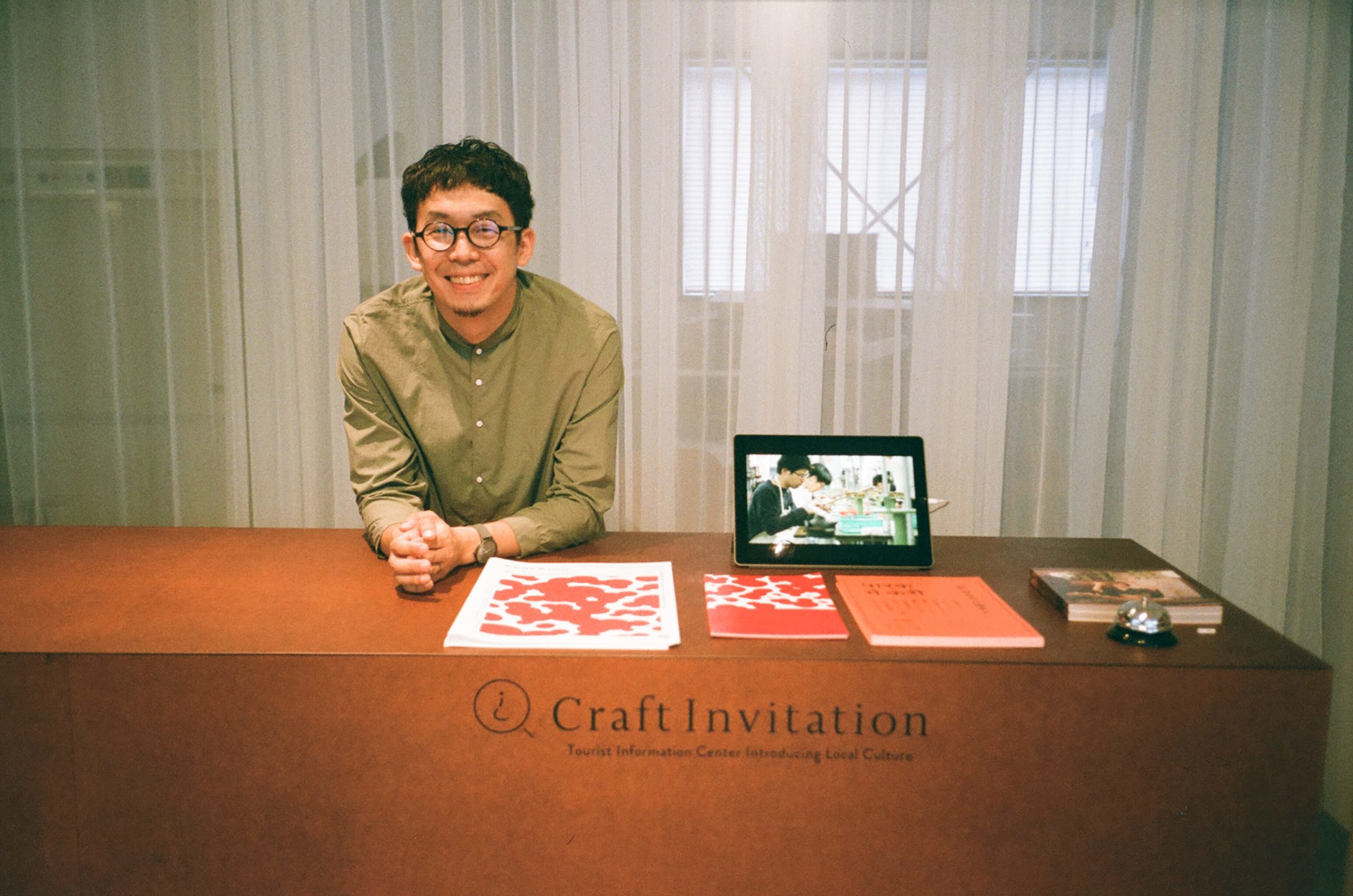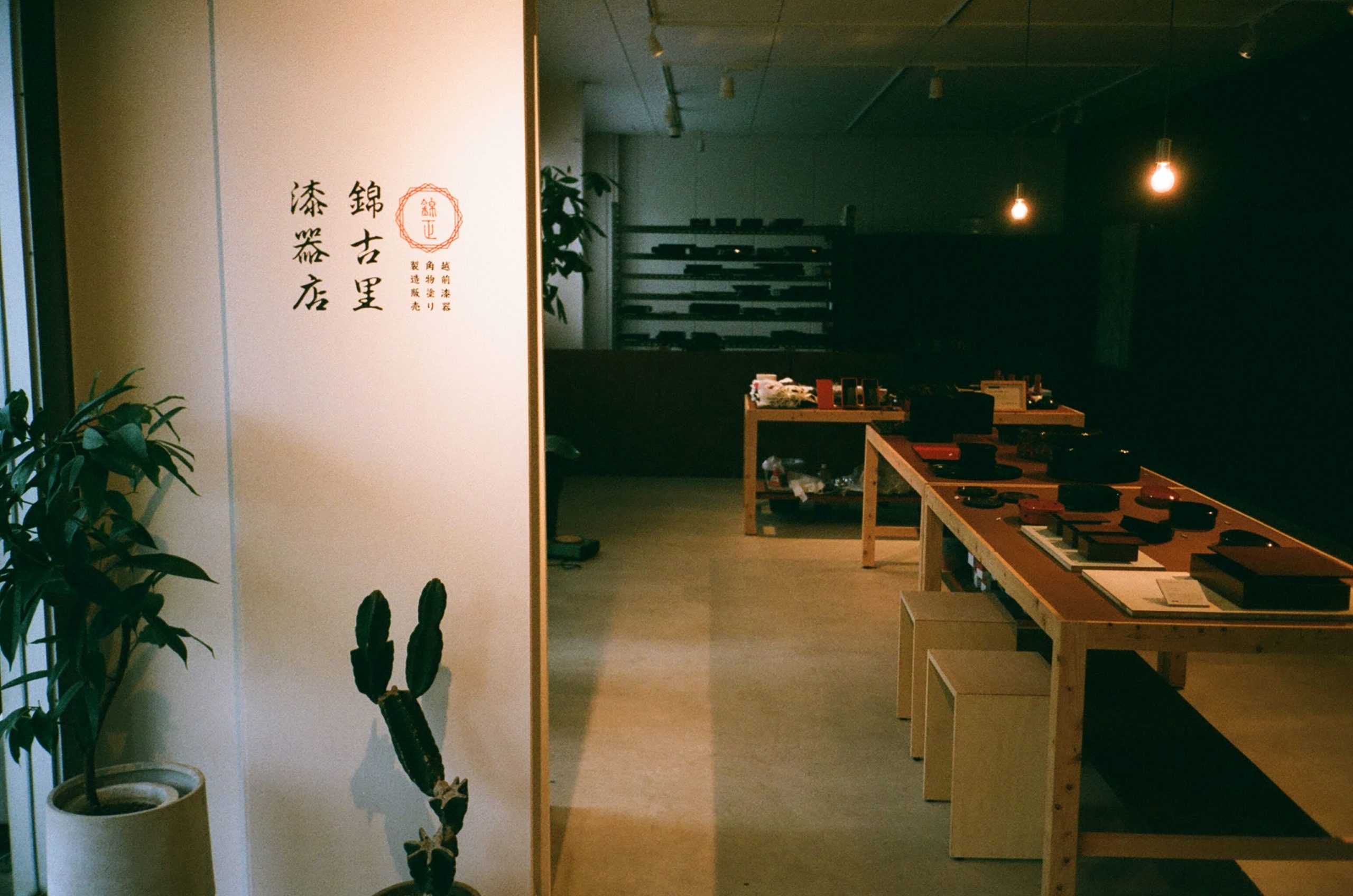Rekindle the heat of handicraft industry | the new star of Japan's "Open Factory OpenFactory" event: RENEW
In recent years, there has been a dazzling trend of "opening factories (Open Factory)" in the places of origin of "goods making" in Japan. "Open the factory" is different from the normal display set up for tourists, but opens the factory doors that are usually forbidden to strangers and refuses to visit within a set time, so that the public can visit the production of craft and industrial products, experience the undecorated production process of the factory, and see the most real and daily appearance of the factory.
When it comes to the "opening of factories" in Japan, we have to mention the "workshop ceremony" of Yan Santiao in Niigata Prefecture. Yansanjie's "workshop ceremony", headed by Yamada Yamada, a well-known Japanese creative man, has created an amazing topic and attendance since 2013, with more than 100 participating enterprises and more than 50,000 participants. As a result, the dazzling wind of opening factories in various producing areas in Japan can be called the leader of the trend of opening factories in Japan.
Among them, in recent years, another activity of opening factories has sprung up. "RENEW" in Fukui Prefecture, which began in 2015, grew explosively in 2017. The number of factories that opened their doors and the number of people who came to the factory all caught up with the record of "workshop ceremonies" and became the new star of "opening up the factory world".


The settlement of seven kinds of handicrafts is a new star born in mackerel River, Fukui Prefecture, which is probably strange to most people when it comes to place names, but if you mention the well-known Japanese glasses brand "gold glasses", you may not feel strange. And this is the origin of gold glasses, more precisely, it is a big producing area of Japanese domestic glasses, because up to 96% of Japanese domestic glasses are produced here.
Local staff said that because Fukui snowed in winter and was the fallow period of farming, the sideline industry began to develop during the winter fallow period. The sideline industry is not only the glasses industry, but also the lacquer industry. "the snow in Hokkaido is pink, and the snow in Fukui is wet." the staff said that it was very suitable for lacquer ware production because of its high fog and high humidity, so they began to make lacquer ware during the leisure period. Up to now, the Hewada area of mackerel River has become an important producer of Japanese lacquer ware, accounting for 80% of lacquer ware manufacturing in Japan's domestic business.
If we further expand the scope and draw a circle with a radius of 10 kilometers around the mackerel River, we will be able to bring together seven processes and industries at once, in addition to glasses and lacquer ware. There are also Yueqian paper with a history of 1500 years, seven hundred-year-old sharpening objects, suitcases (suitcases) that began in the late Edo period, Usuzaki (pottery), one of the six ancient kilns in Japan, and silk fabrics and fibers that have been developed since the Nara era.


Back to the subject of RENEW, in 2015, the first RENEW was originally just a "workshop meeting activity" in the mackerel river and Wada region, with only 22 workshops participating, but the second grew to 37, but in 2017, the third session, in cooperation with the leading Japanese craft enterprise, Nakagawa Seven Store, expanded the scope at one stroke, connecting the craft workshops within a radius of 10 kilometers on a large scale, so the number of participating workshops in the third session jumped to 85. And the number of people who came to the game unexpectedly increased by 21 times to 42000. In 2018, the number of participating workshops climbed to 110, making RENEW the largest factory opening activity in Japan.


(photo Source: TSUGI) when talking about the opportunity to host RENEW, the RENEW event of moving youth + local craftsmen + local craftsmen had to mention the designer Naoki Shinyama, who moved to Hewotan and set up a local design firm "TSUGI". "because this is a place where manufacturing industries are located, if the manufacturing industry is not strong, the town will not be strong," Xinshan said. Therefore, the design work of "TSUGI" revolves around the local manufacturing industry, whether it is the design of craft products, the creation of new brands for the waste of the glasses manufacturing process, or bringing local craft products to local exhibitions. The RENEW activity, inspired by Yan Santiao's "workshop ceremony," is a large-scale event planned to rekindle the vitality of local staff.


The story of moving designer Naoko Shinyama at that time was that Yoshihiko Taniguchi, the head of glasses manufacturer Taniguchi in Hewada, and neighboring lacquer workers set up an organization called "the Gate of River and Tian" and discussed it with the designer Naoko Shinyama. the two agreed on the idea of "wanting to share the good things of this place with more people," so they decided to launch the concept of "open factory", taking the ceremony of Yan Sanchao as an example. The idea of this event was supported by the staff of Hewada Gate, which became the list of enterprises participating in the first event, and Yasuhiko Taniguchi became the president of the executive committee of RENEW.
In other words, this is a production event jointly created by moving young people and local craftsmen, with the planning and ideas of young designers on the one hand and the mobilization and support of local staff on the other. After two years of cooperation, the two sides joined the external cooperation group, Nakagawa Seven Store, the leading Japanese craft enterprise, in 2017, creating amazing growth and success.


The amazing performance of the 2018 RENEW (photo source: RENEW) campaign is not only an amazing quantitative record, but also a qualitative change to the origin. "there used to be more than 200 lacquerware workshops here, but now there are only about 20 left," said Mr. Uchida, an eighth-generation lacquer worker in Hewada. " In such an environment in which the craft industry is going downhill, the local staff dare not foresee the future, or even gradually lose confidence. However, the holding of RENEW not only made the producing area seem to have a glimmer of vitality, local workers began to regain their confidence and vitality, but also in addition to the operation of the factory, the idea of moving to the development of the tourism industry began to emerge.
For example, Mr. Jin Guri, a painter of lacquer ware in Yueqian, originally thought that his career in the remaining 10 years would be forced to "soft landing", that is, the growth rate would gradually decline, but due to the stimulation of RENEW activities, Mr. Jin Guri's concept changed 180 degrees: inspired by the 2017 activities, he decided to change the workshop into a normal open workshop that could be visited and purchased throughout the year, and joined the reservation experience activities. It is not only Mr. Kinguri who has made such a change. over the past four years, as many as 11 local workshops have set up experience and shopping space for tourists.


Stimulated by RENEW activities, the Jinguri lacquer shop, which transformed part of the workshop into a normal open workshop in 2018, expected the participation of the Taiwan arts and crafts team next year. RENEW in 2019 will be held on October 12-14, but unfortunately encountered Typhoon No. 19, which is known as "the strongest typhoon in Japanese history." the event on the 12th was forced to be cancelled in the face of wind and rain and interruption of public transport. The 13th-14th was held at the end of the typhoon as scheduled, although the number of visitors was not as good as it used to be because of the weather, but enthusiastic technology fans still made the roads in Hehetian area congested for a time.
The content of the event also continues the tradition of the past, including visiting workshops and experiential workshops organized by local workshops, as well as pop-up shops and food platforms, as well as inviting local groups from various villages and towns in Japan to participate in the "Town, people, work (cities, people, work) Joint Exhibition" and various "Fukui move EXPO" talks that tempt people to move to Fukui.
It is worth recording that under the influence of Mr. Toru Uchida, a lacquer worker in the "Lacquer Hall", Lai Hsin-you, the creator of Taiwan's third-generation lacquer ware, was also invited to RENEW to share the history of Taiwan's lacquer ware, while the planner of RENEW, Naoko Hsinyama, promised that this was just the beginning, looking forward to more opportunities and possibilities for future RENEW to exchange crafts with Taiwan.


Lai Hsin-you (3rd from left), the third-generation lacquerware creator from Taiwan (3rd from left), Lin Xinjie (4th from left), and Mr. Uchida, a local lacquer worker (5th from left), opened the factory door and found people's closeness to the author of "making just the right quantity" (temporary translation). Thirty years ago, in Japan, in the era of grandmother and great-grandmother, Jia Fei said. The Japanese make large and small things themselves, not to mention rice, vegetables, beans, tea and other ingredients, daily utensils are made of wood and bamboo, clothes are also woven by themselves, and houses are built with wood with their masters. therefore, I am no stranger to the origin of things around me. But in today's era of mass production and consumption, we are more and more unfamiliar with the objects around us, less and less aware of how they are made, and less and less able to see the "production process".
No matter whether it is the RENEW or the Yan Sanjiao workshop ceremony, it is in this contemporary torrent of farther and farther away from the production that we open a path so that we can get a glimpse of the manufacturing project, participate in the production process, and find the closeness to the production.
- Prev

Natural farming method fragrant rice makes Shanghai food, Dongya chef works with small farmers to promote green Jiangsu and Zhejiang New year dishes.
Natural farming method fragrant rice makes Shanghai food, Dongya chef works with small farmers to promote green Jiangsu and Zhejiang New year dishes.
- Next

Flower and fruit oolong tea fragrant oil rice, including flower fragrance with sweet orange duck breast, ten kinds of tea cuisine subverts imagination, recipes are made public
Flower and fruit oolong tea fragrant oil rice, including flower fragrance with sweet orange duck breast, ten kinds of tea cuisine subverts imagination, recipes are made public
Related
- A course of planting techniques and methods on how to grow carrots
- How to plant the latest tulips?
- Is it better to pick tea in the morning or in the afternoon? When is the best time for tea to be picked? what is the third or fifth tea?
- Launch Yuanxiao Happy combination Haocha + Tea Yuan healthy Taste
- Penghu Tourism "Fireworks 20 Parade with You"
- 2022 West Lake Happiness holds "Digital Revitalization Voucher" and draws iphone13 and laptop.
- Banqiao Fuzhou social houses are designed to change start-up combined with police elimination to create a safe and livable environment
- The convenient measure of "mechanical weeding" in Xinbei has been abused and the Agriculture Bureau has imposed heavy penalties on the illegal land consolidation.
- Changgeng University Joins Hands with Four Memory Factories to Rescue Memory Talent Shortage
- The list of Taiwan's top 100 MVP managers is listed by the Director-General of the Farmers' Association of Sanxia District.

